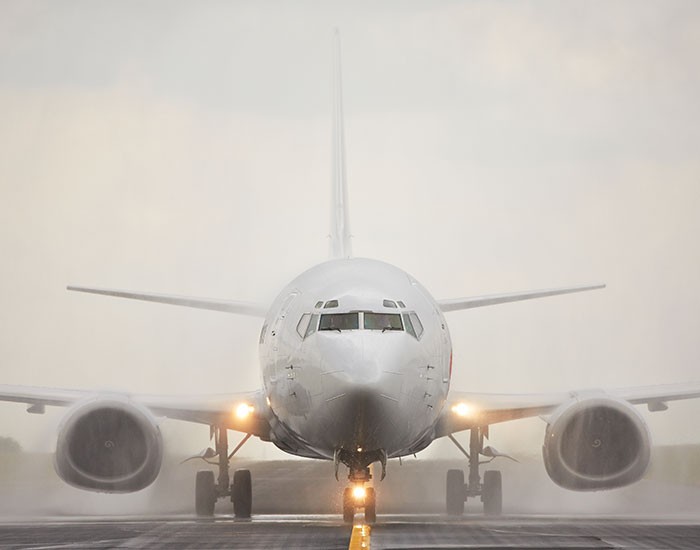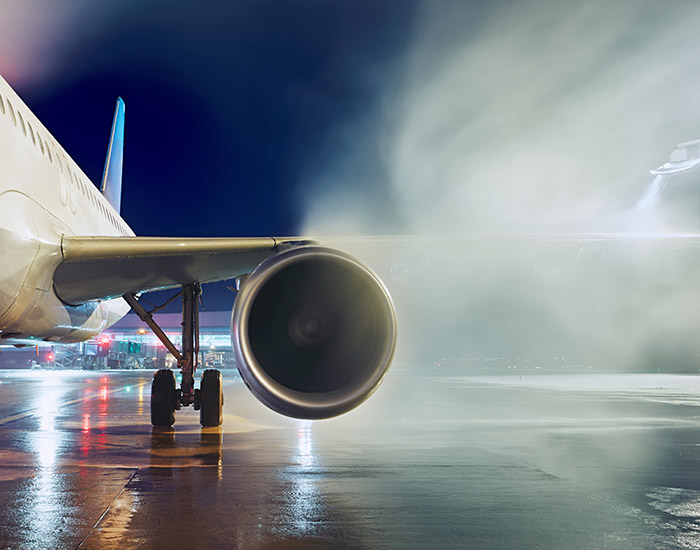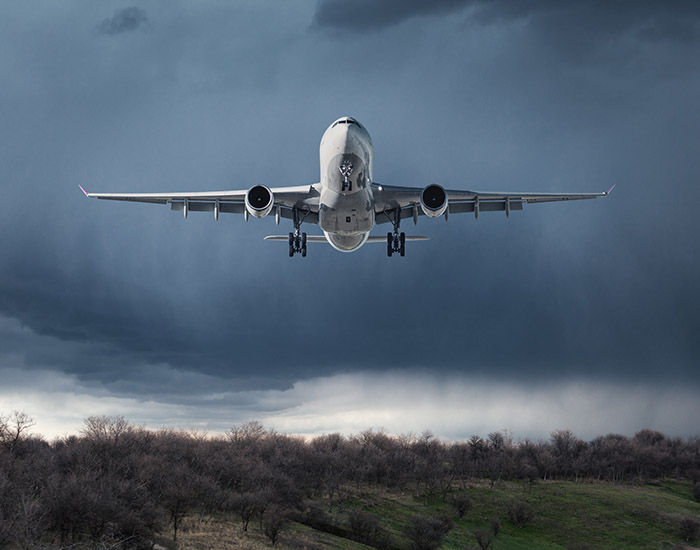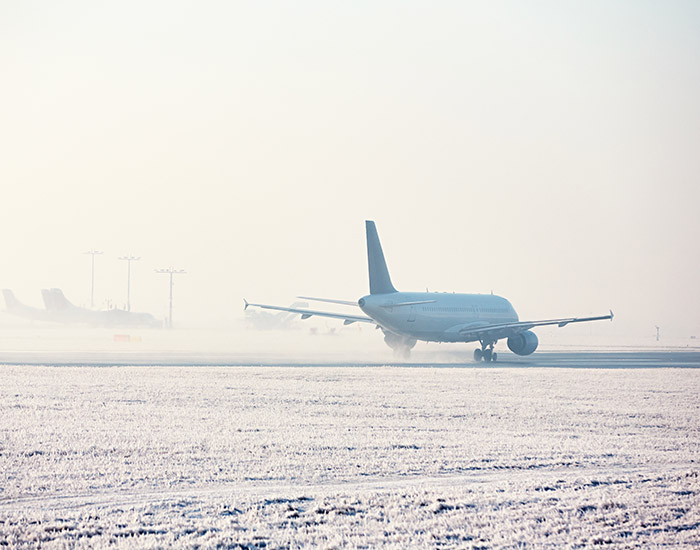ICAO GRF reporting
ICAO established as mandatory to report runway conditions according to the new Global Reporting Format (GRF) framework, after November 4, 2021. This enforces a globally harmonized methodology for the assessment and reporting of runway conditions.
The GRF emphasizes the identification and reporting of contaminants on each third of the runway, friction measurements no longer being the main element to be reported.

Vaisala AviMet® for complete weather management
Regardless of the size of the airport, the security and efficiency of all operations are the most important aspects to manage. Weather affects both the safety and efficiency of many key aspects of operations.
You can meet these weather-related challenges only with real-time, accurate and reliable weather information.

Wind shear observing systems
According to ICAO, a wind shear warning must be issued for airports if wind shear is considered a risk factor at that specific location. The best result can be achieved by selecting the most appropriate system and technology for the specific aerodrome needs. Vaisala’s AviMet® Windshear Alert System includes the latest shear detection technologies: the LLWAS system based on ultrasonic anemometers, Doppler weather radar or wind LIDAR.

Winter runway maintenance
Winter weather affects the surface of runways and taxiways very differently than it does the atmosphere, so measuring specific surface conditions is essential. Accurate real-time surface weather monitoring is the most effective way to ensure the continuity and safety of airport operations. The Vaisala RWIS weather information system is designed to provide airport personnel with critical information to make informed decisions regarding the treatment, cleaning and maintenance of airport taxiways.


